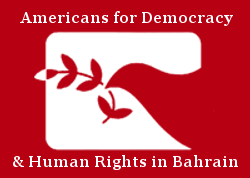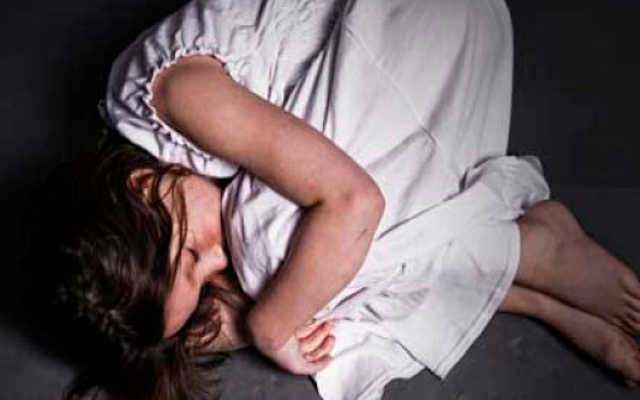Late last month, the Government of the United Arab Emirates (UAE) acquitted, along with four others, a mother whose daughters accused her of selling them into prostitution in Dubai. The mother, along with her accomplices, lured the girls to the UAE from Pakistan and forced them to work in a massage parlor. The authorities only discovered the girls had been trafficked during a routine labor inspection. An Emirati court eventually dismissed the case due to a “lack of evidence,” despite the testimonies of the two young teenagers, both under the age of 16, and the fact that one of the girls was impregnated while forced to work as a prostitute.
This is not an isolated episode. Cases of child sexual exploitation dates back several years. In June 2014, a Dubai court saw a similar case where two parents forced their 17-year old daughter into prostitution, and sold her virginity for Dh16,000 (approximately $4350). Another 2014 case saw a businessman convicted for engaging in prostitution with a teenage girl at a brothel. These cases resulted in convictions for those complicit in the trafficking and exploitation of a minor. This stands in contrast to the first, most recent, case, which resulted in an acquittal. This demonstrates a regression for the UAE in the fight to curb sex trafficking in minors. Government officials use this regression as proof that government efforts to combat human trafficking are working.
In May 2016, the UAE National Committee to Combat Human Trafficking (NCCHT) released its annual report for 2015. In a press release about the report, officials emphasized that only three cases of human trafficking, under which sex trafficking is categorized, resulted in conviction in 2015. This statistic was presented as a success, and an example of how “the UAE has made great inroads in containing” human trafficking in the last few years. In September 2016, the Dubai Foundation for Women and Children reiterated this assertion by stating that the number of victims who sought refuge from human trafficking in their shelter decreased by 75 percent in the last year.
However, identifying fewer victims does not necessarily mean that there are fewer cases of sex trafficking. Proclaiming success while thousands of men, women, and children, are thought to be victims of human trafficking in the UAE alone does a disservice to those victims. It also acts to foster an environment where the government ignores sex trafficking crimes in favor of good publicity.
Child trafficking for the purpose of sexual exploitation is not isolated to the UAE, and given the interconnected nature of the Gulf Cooperation Council (GCC), all six GCC members must act to ensure they protect the human rights of minors crossing and inside their borders. The notoriety surrounding the GCC as a hub for underage prostitution is fueled by government inaction and apathy towards the problems at hand. Authorities must be trained to identify sex trafficking victims, properly provide adequate aid services to them, and thoroughly investigate their cases. With proper investigation, courts cannot continue to dismiss cases of human and sex trafficking due to a lack of evidence. Emirati officials need to take responsibility for their role in continuing sex trafficking in the GCC, and focus their energy on eradicating the practice one and for all.
Brittany Hamzy is an Advocacy Fellow at ADHRB.





